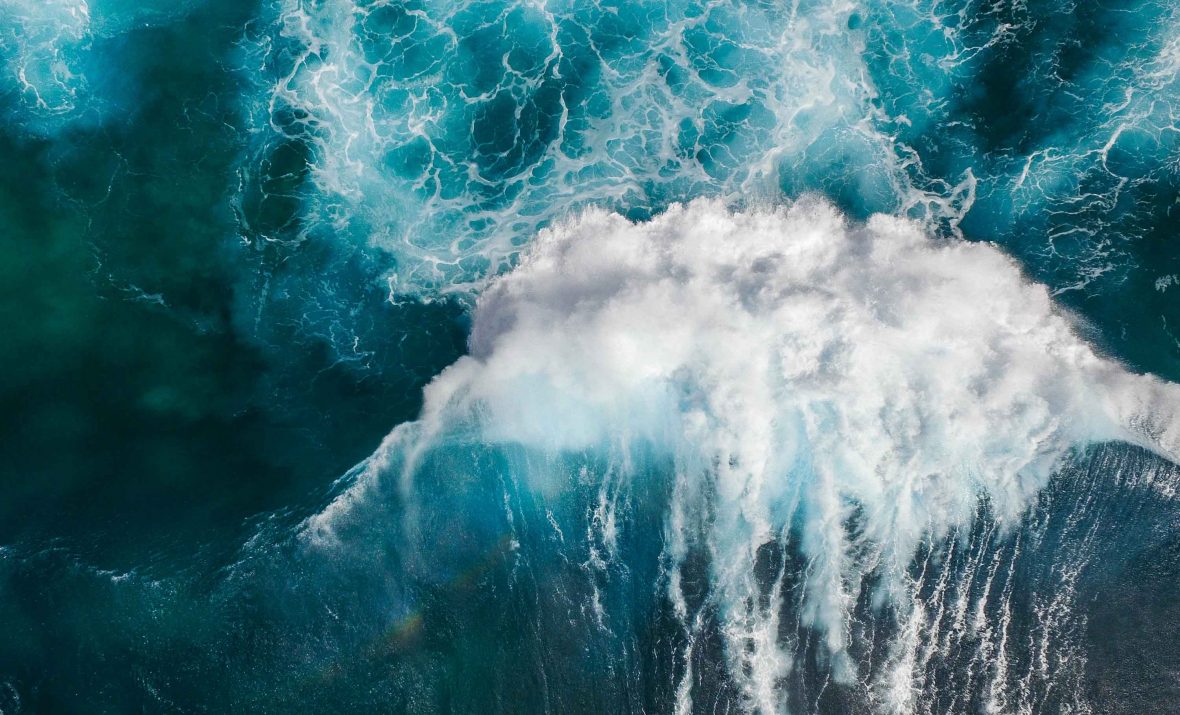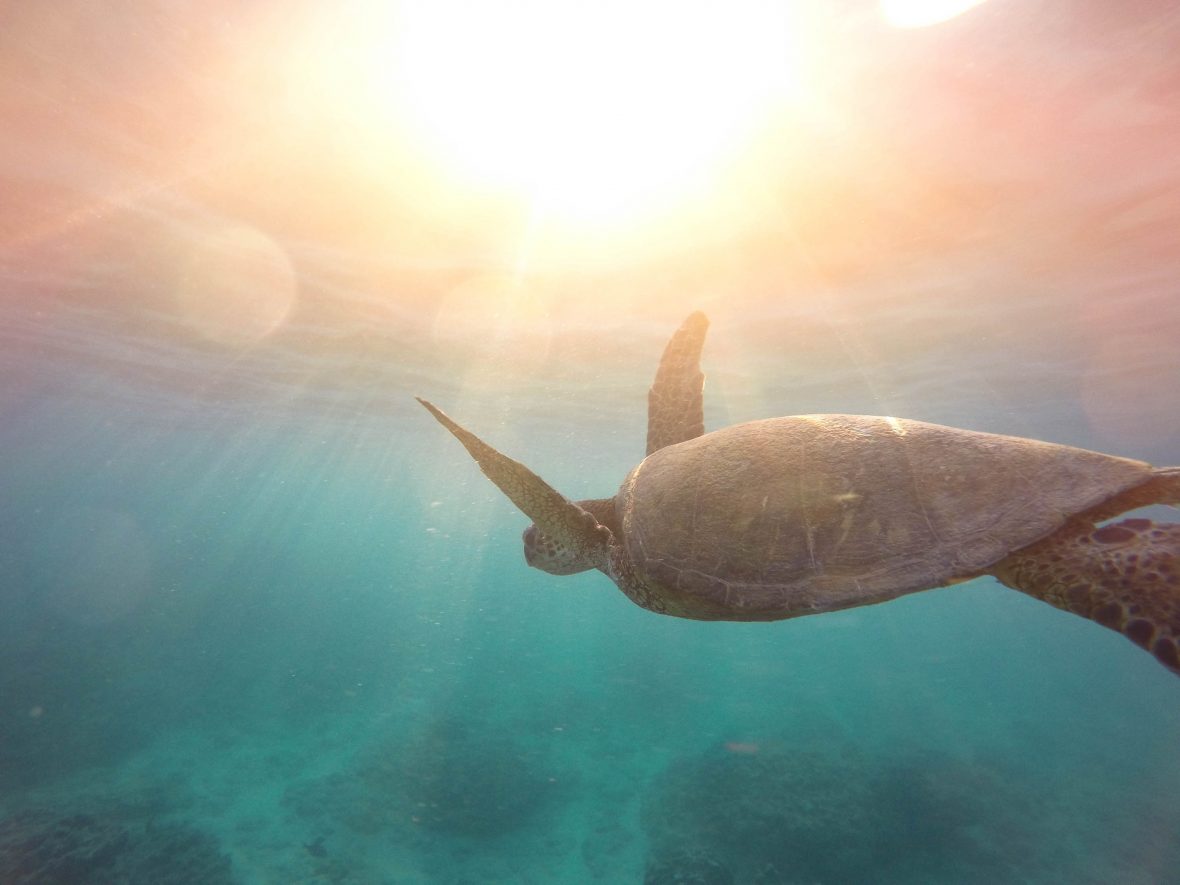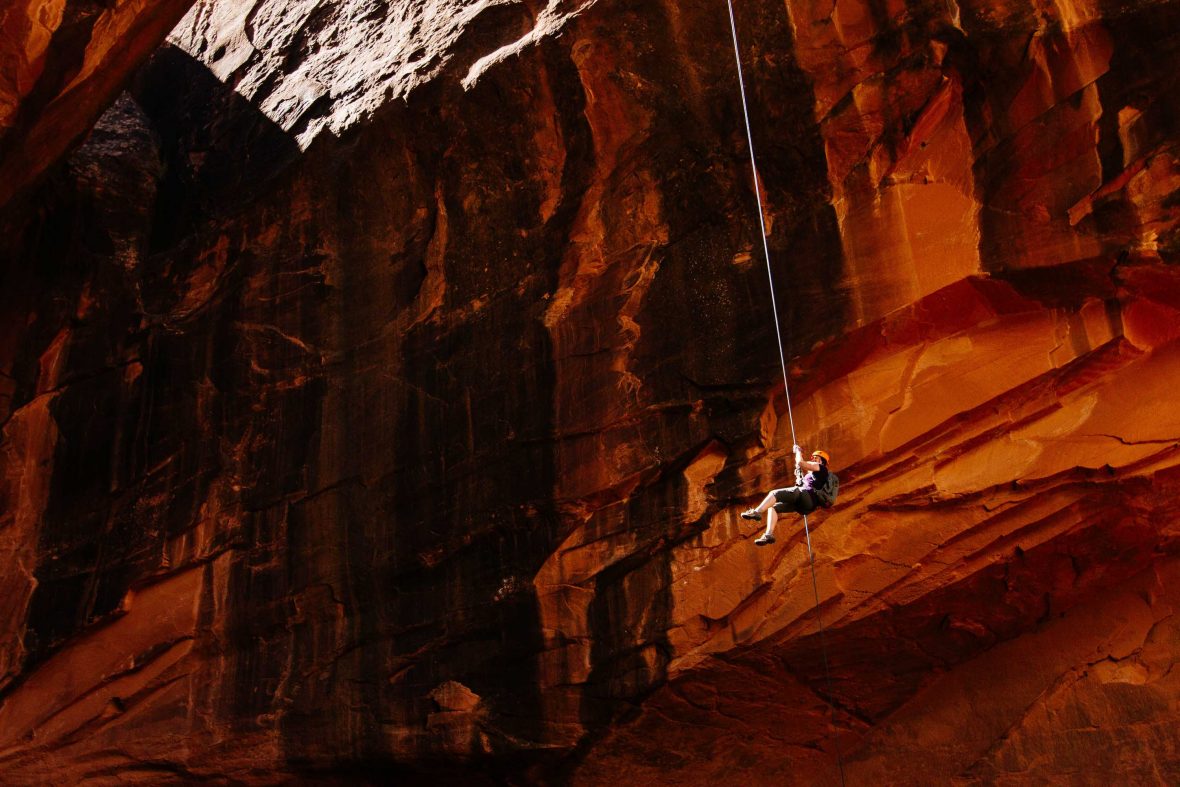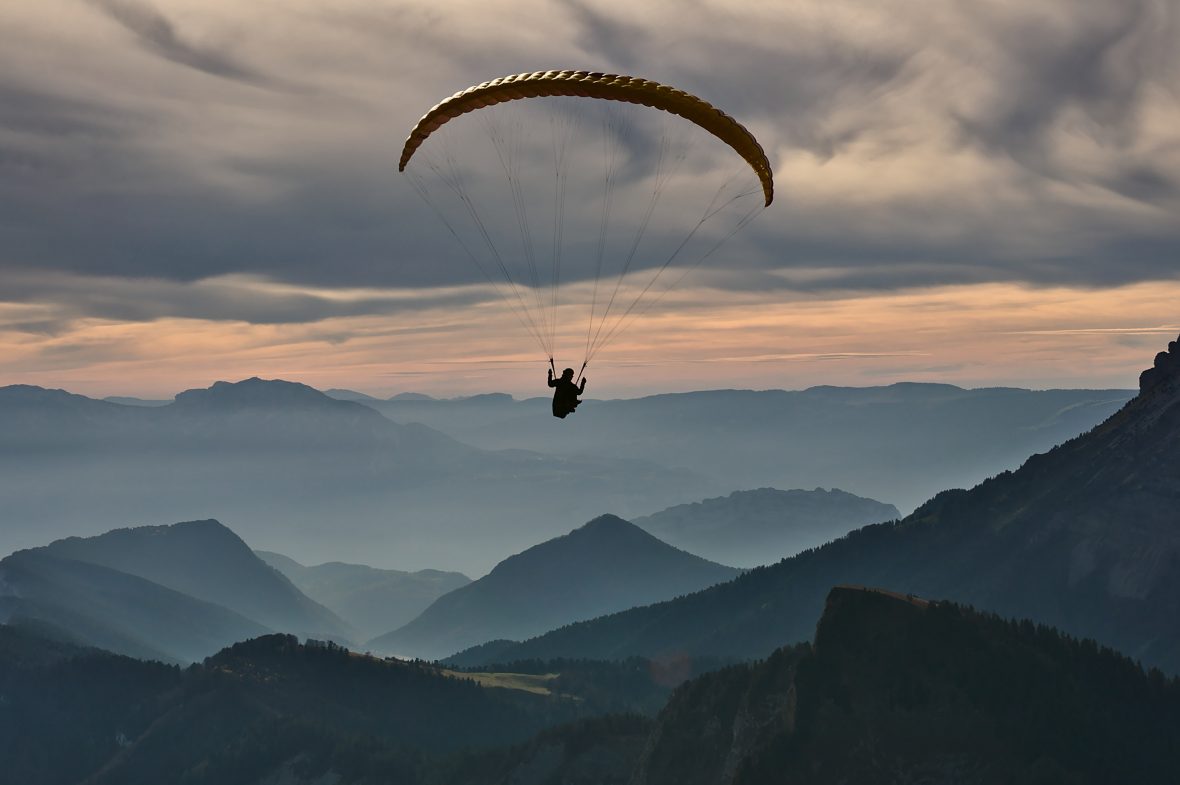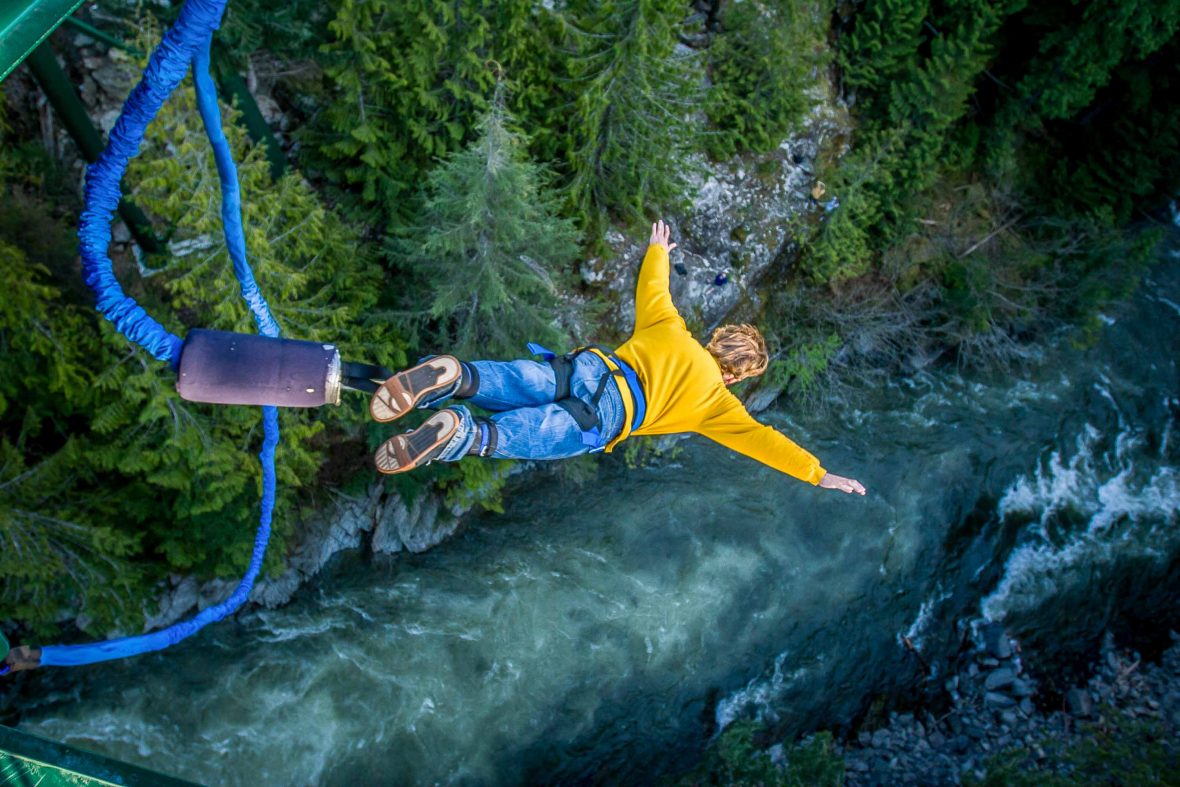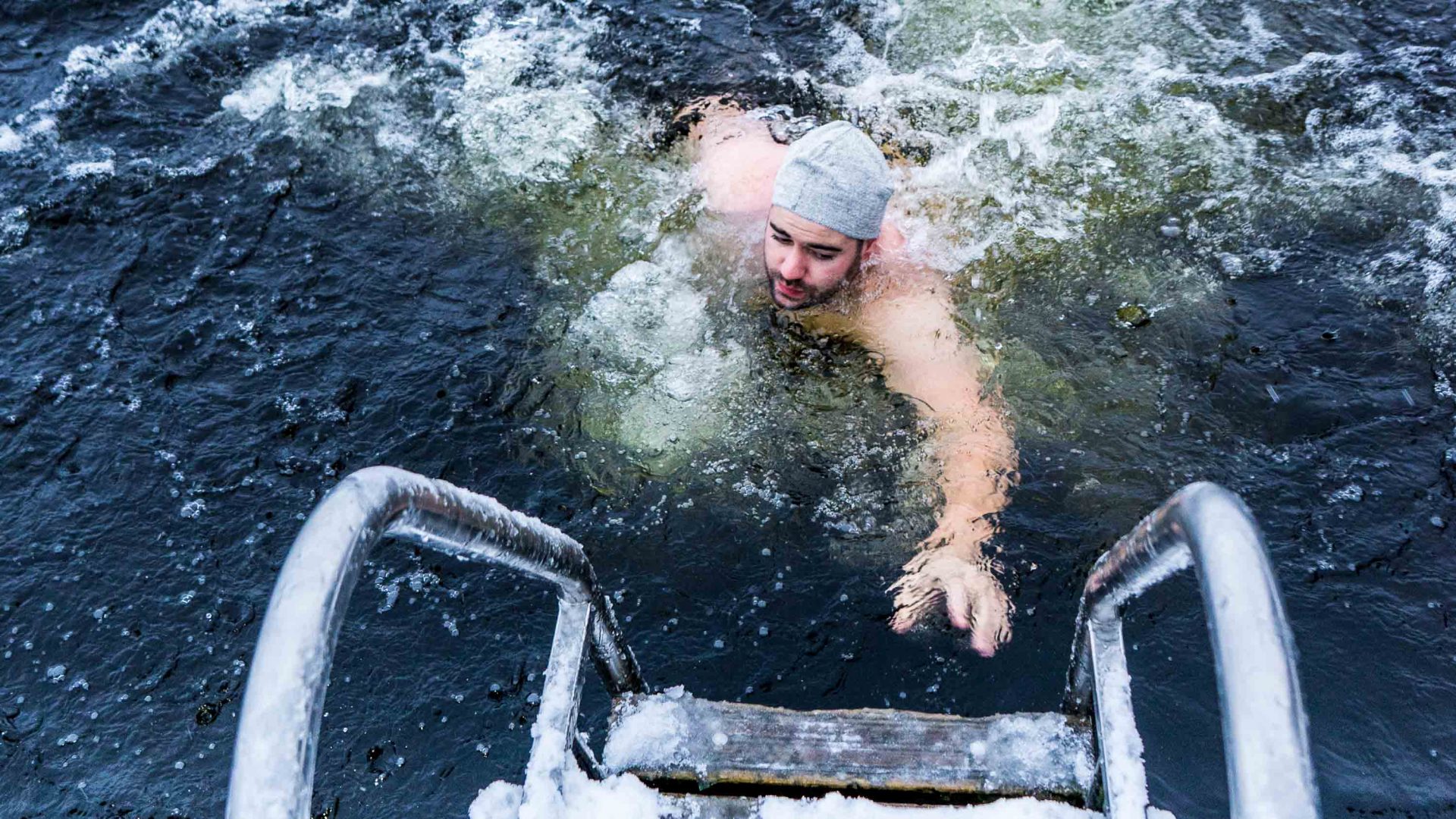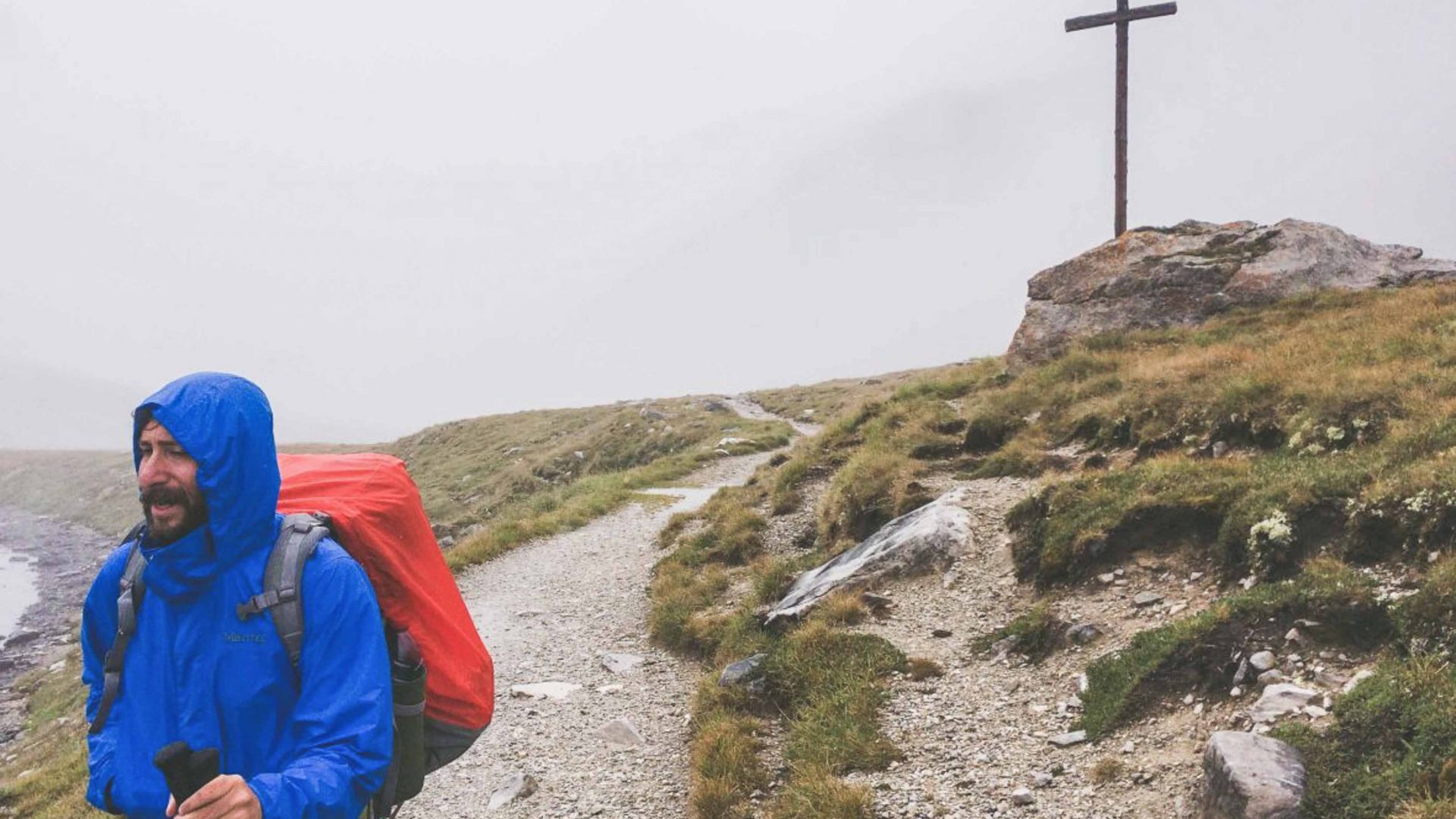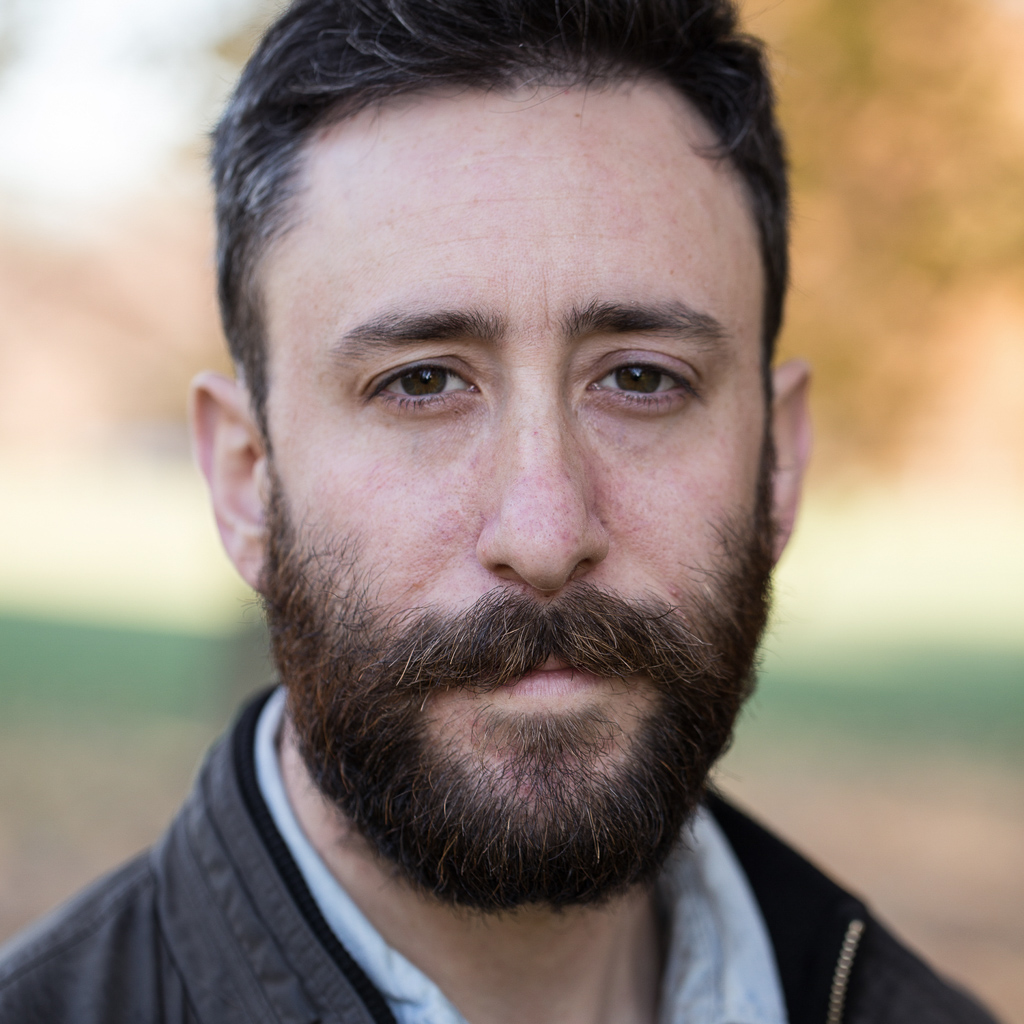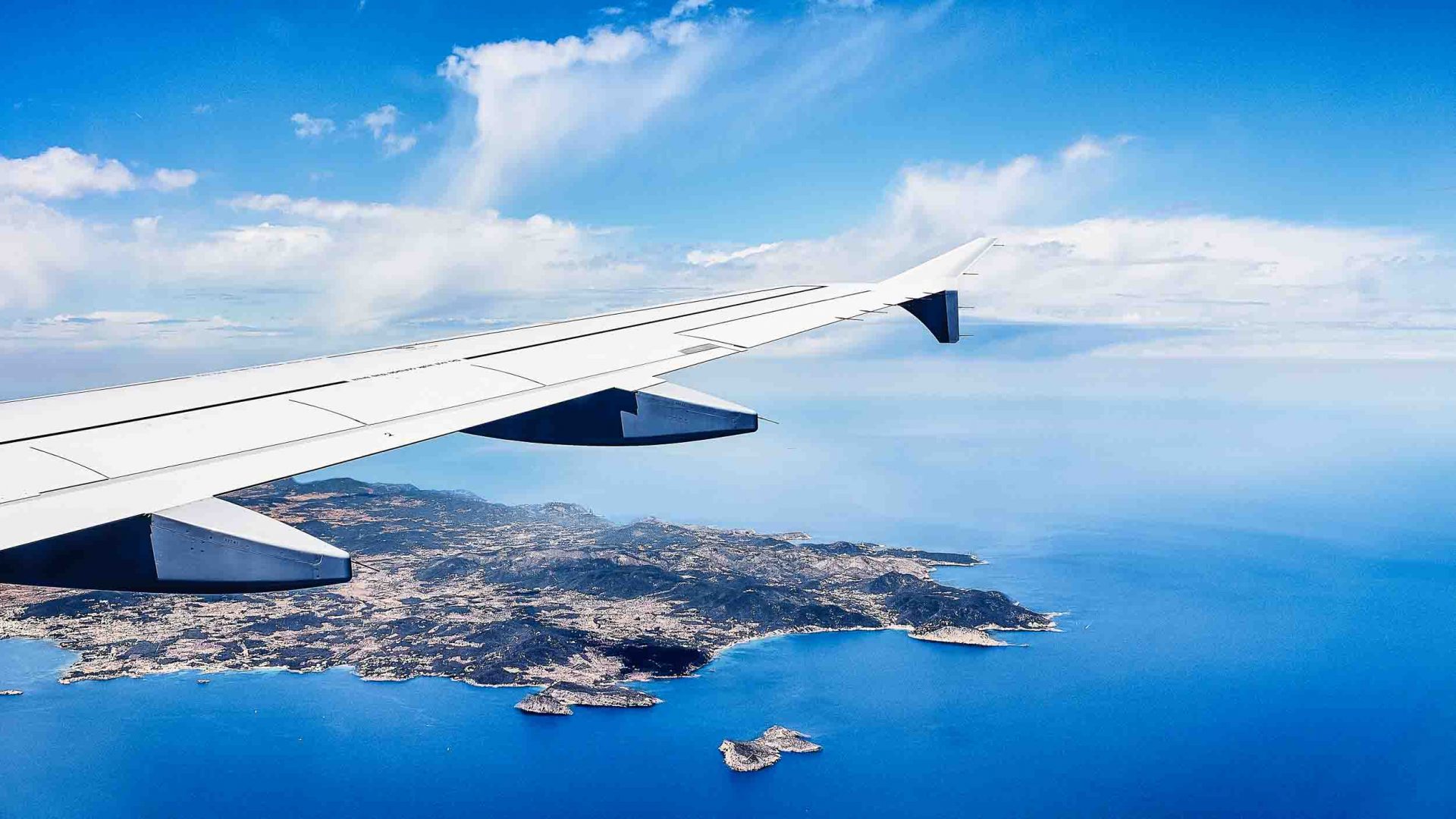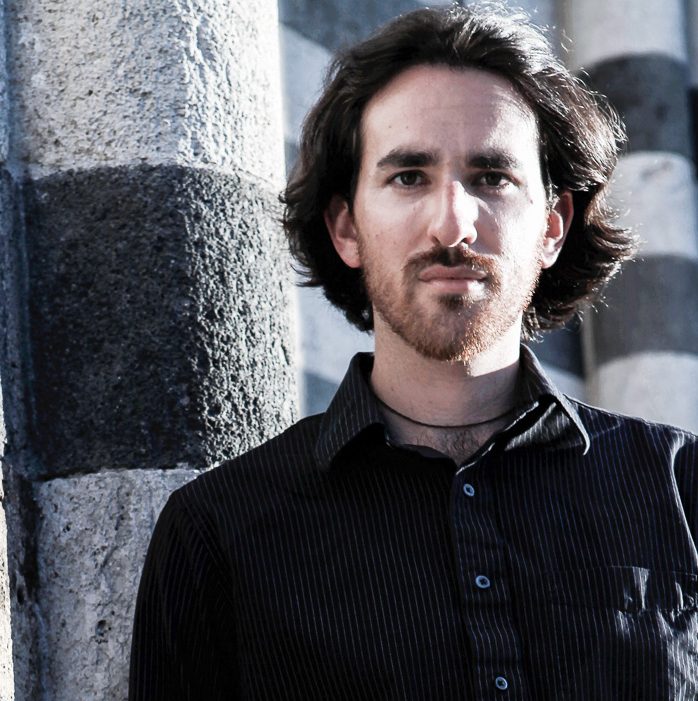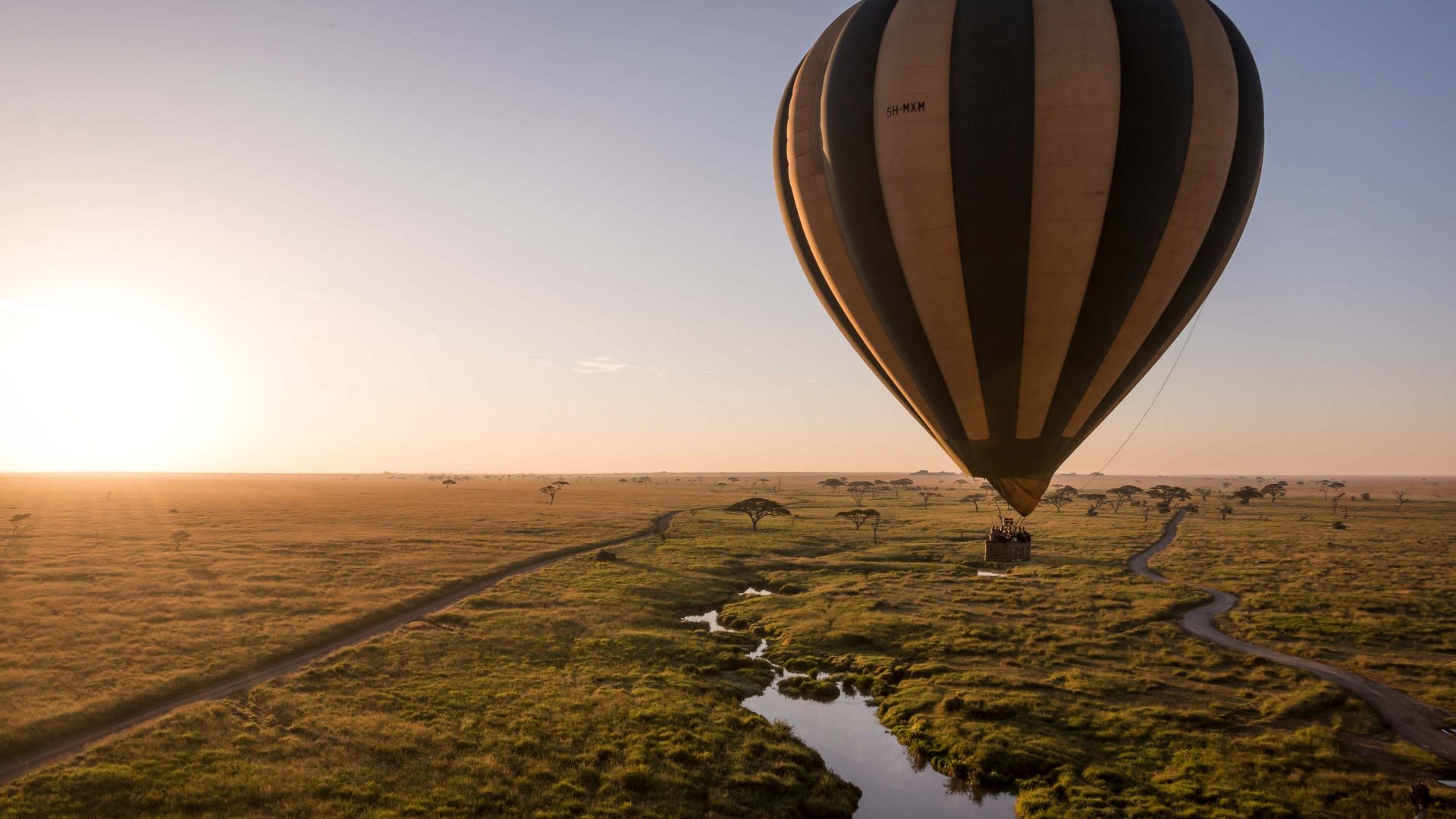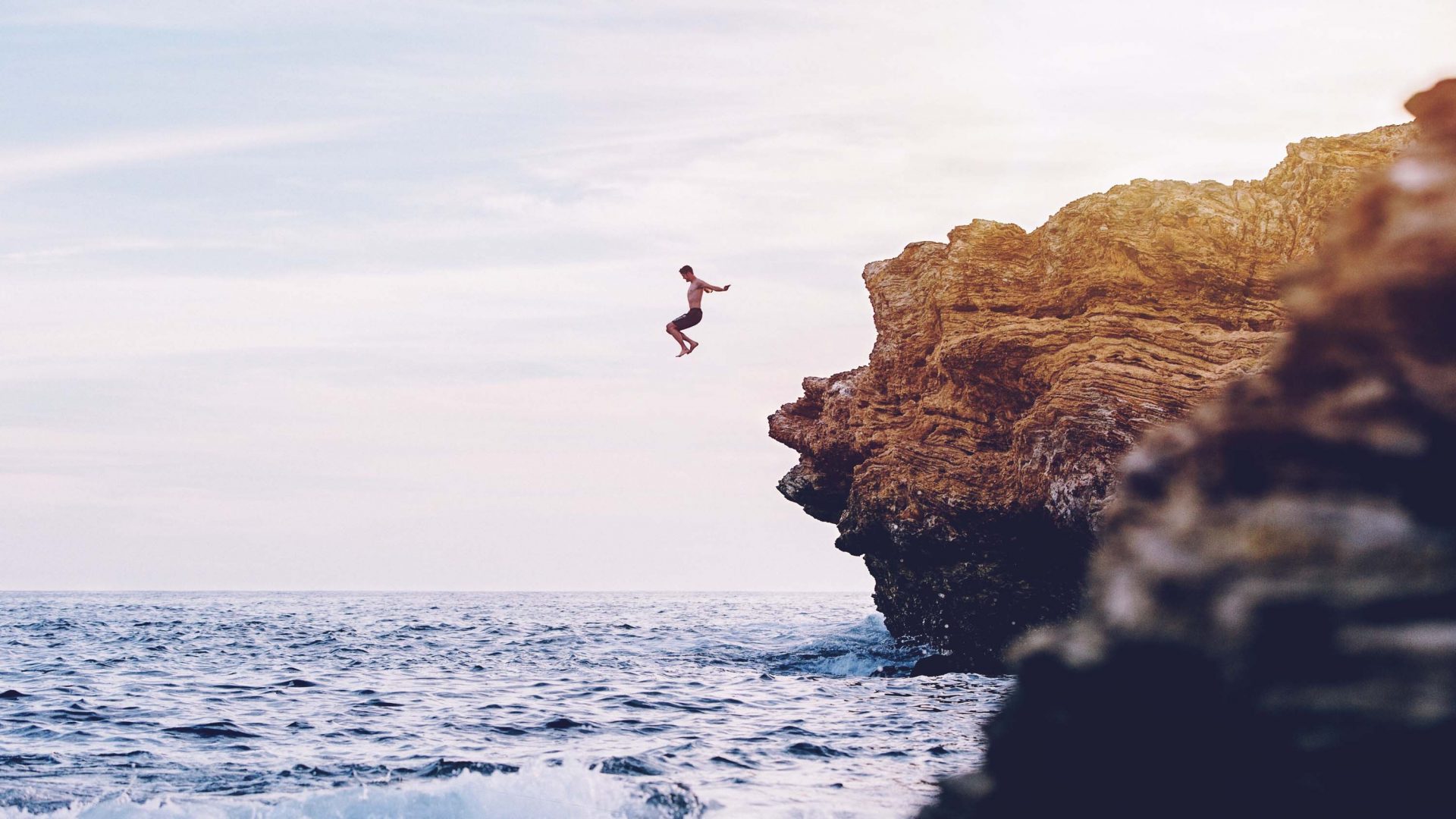
Editor’s note: This article was published before the coronavirus pandemic, and may not reflect the current situation on the ground.
Whether a paralyzing fear of heights or an equally terrifying dread of depths, how can we continually push past phobias to create amazing memories? Lola Akinmade Åkerström delves into what keeps us from facing our fears.
I am not afraid of heights. But there is one other fear I haven’t been able to shake off for decades.
I grew up on a famous barrier island called Victoria Island in Lagos, Nigeria, with the furious waves and strong currents of the Atlantic Ocean on one side and Lagos Lagoon rippling calmly on the other.
During my childhood, Bar Beach was the island’s most famous beach. Known for aggressively flooding its banks, it was lined with blocks of concrete slabs, which helped keep the Atlantic waters at bay.

